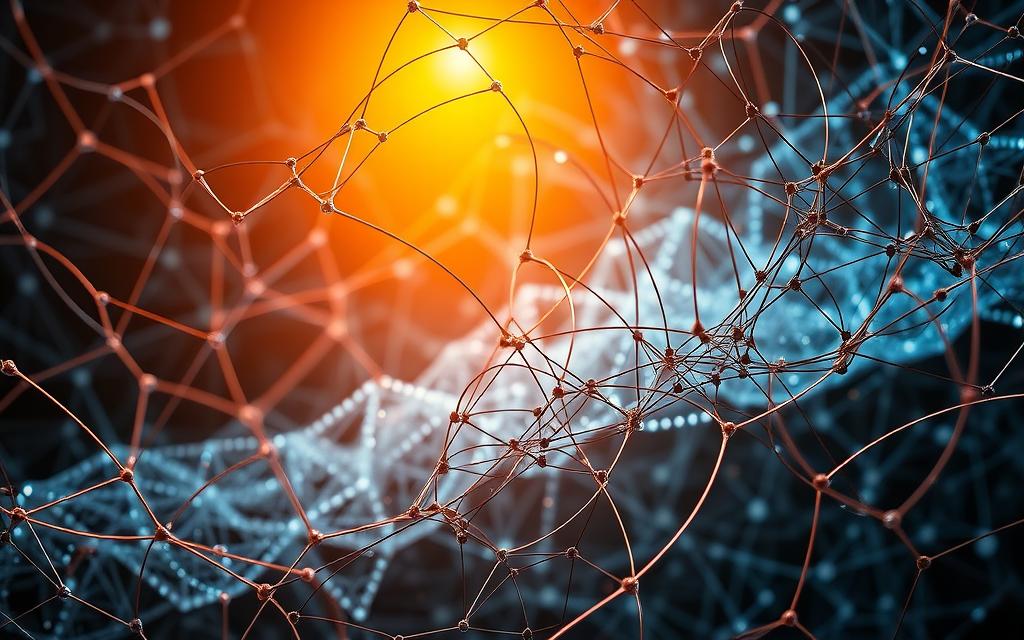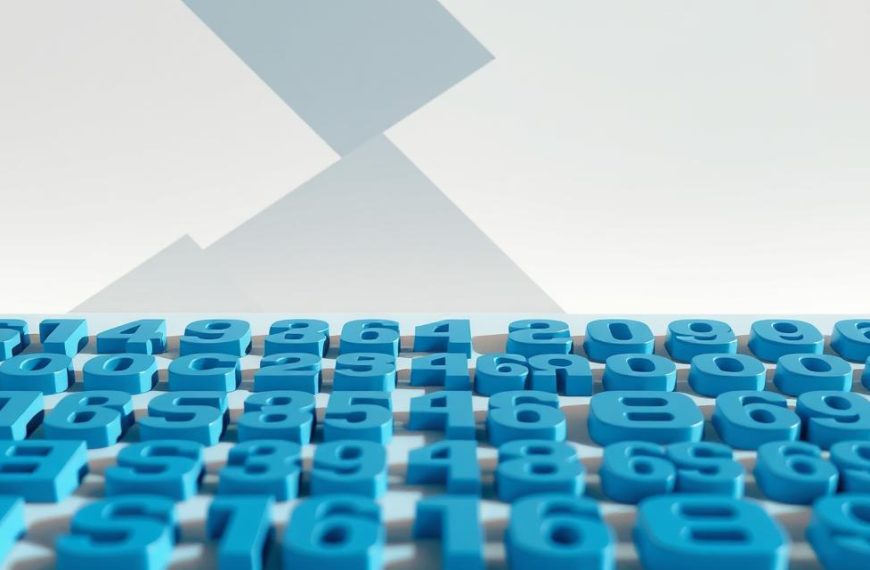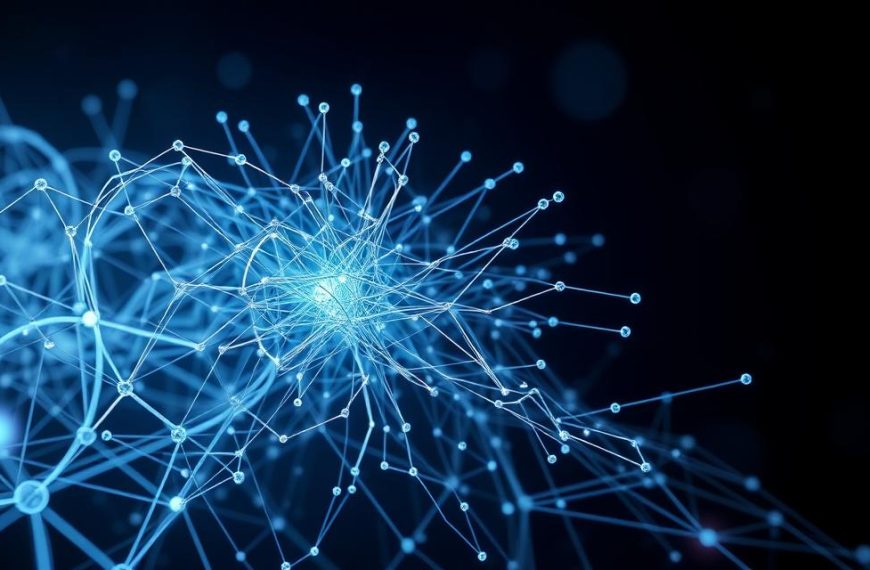Choosing the right number of hidden layers is key in making smart AI systems. This choice affects how well a model can spot complex patterns in data.
The depth of your model is a fine balance. Too few layers might not handle complex tasks well. But too many can cause overfitting and use too many resources.
This part of neural network design is vital. It decides how well a model trains and works in real life. Getting it right makes a big difference between good and great models.
Knowing these rules helps data scientists make better choices. They can design models that learn well and are easy to use.
How Many Hidden Layers in Deep Learning: An Overview
Finding the right number of hidden layers is key in making neural networks. It affects how well a model can find patterns in data and work well on new data.
The Fundamental Role of Hidden Layers
Defining Hidden Layers and Their Function in Neural Networks
Hidden layers are the heart of neural networks. They take in data, change it, and send it on. This lets the network spot complex features that aren’t obvious at first.
Each neuron in a hidden layer does its own thing. It gets inputs, applies weights and biases, and uses an activation function. This helps the network learn how inputs and outputs are connected, which is vital for solving real-world problems.
Depth in neural networks means learning in layers. Lower layers find simple features, and higher layers mix these into complex ones. It’s like how we see the world – first, we notice edges and shapes, then we see complete objects.
Deep learning models can learn at different levels of detail. This makes them great for complex data that simple models can’t handle.
Types of Hidden Layers and Typical Uses
Common Architectures in Different Deep Learning Models
There are many types of hidden layers, each for different types of data and problems:
- Fully connected layers: These layers connect every neuron to all neurons in the next layer. They’re good but use a lot of computing power.
- Convolutional layers: Made for images, these layers use filters to find patterns in space and need fewer parameters.
- Recurrent layers: These layers keep memory, making them perfect for data that comes in a sequence, like time series or text.
Selecting Layers Based on Task Requirements
The type of hidden layer you choose depends on what you’re trying to do. For images, convolutional layers work best because they’re good at spatial patterns.
For text, recurrent or attention-based layers are better because they handle sequences well. Fully connected layers are flexible but need careful handling to avoid overfitting.
Knowing about these layers and their uses is key to creating deep learning models that fit your needs and can handle your data.
Key Factors Affecting the Choice of Hidden Layer Depth
Choosing the right number of hidden layers is key in neural network design. It affects how well the model works and how much it uses resources. So, it’s important to think about several factors together.
Data Characteristics and Problem Complexity
The type of data and how complex the problem is shape the need for hidden layers. Different data types need different depths to find patterns well.
Evaluating Dataset Size, Dimensionality, and Noise
Bigger datasets with lots of features need deeper networks. These can learn complex patterns without getting too specific. Studies show a simple Multi-Layer Perceptron can handle complex tasks with enough neurons.
High-dimensional data needs more layers to find useful patterns. The amount of noise in your data also affects how deep your network should be. Noisy data might do better with simpler networks to avoid learning the wrong things.
The number of neurons and layers depends on several things. These include how many training examples you have, how complex the data is, and the type of activation functions used. This careful planning makes sure your network fits your data well.
Aligning Depth with the Intricacy of the Problem
Simple tasks might only need one or two hidden layers. But, tasks like image recognition or natural language processing need more. The goal is to match the network’s complexity to the problem’s difficulty.
Complex problems need more layers to find all the hidden features. But, simpler problems can be solved with shallower networks. This saves resources without losing performance.
Computational Considerations and Resource Constraints
Practical limits affect how deep your hidden layers can be. These limits make sure your model can be used in real situations.
Impact of Hardware on Feasible Depth
Modern GPUs and TPUs let us build deeper networks than before. But, hardware limits how deep we can go. Memory issues are a big problem for very deep networks during training.
Different hardware setups can handle different network complexities. Knowing your hardware helps decide how deep you can go before starting to design your network.
Efficiency Trade-offs in Training and Deployment
Deeper networks take longer to train and use more resources. You need to weigh the benefits against the costs. Deployment settings also limit how complex your model can be.
For real-time apps, simpler networks are better for quicker results. Batch processing systems might handle deeper networks, even if they take longer. The right choice depends on your specific needs.
Performance Goals and Accuracy Needs
Your goals for how accurate and generalisable your model should be guide your choice of hidden layer depth. Different tasks require different levels of precision and ability to generalise.
Setting Targets for Model Precision and Generalisation
For critical tasks like medical diagnosis, you need high accuracy. This might mean using deeper networks, even if they cost more. For less important tasks, you might choose efficiency over a small increase in accuracy.
It’s also important to think about how well your model will do on new data. The right number of hidden layers helps avoid overfitting and underfitting, making your model reliable.
Balancing Depth Against Overhead and Results
Adding more layers increases the work your network does without always improving its performance. The best depth finds the right balance between accuracy and complexity. This depends on what you need and what resources you have.
The following table shows how different factors affect the ideal number of hidden layers in various scenarios:
| Application Type | Data Complexity | Recommended Layers | Key Considerations |
|---|---|---|---|
| Simple Classification | Low dimensionality, clean data | 1-2 hidden layers | Focus on computational efficiency |
| Image Recognition | High dimensionality, complex patterns | 5-10+ hidden layers | Requires significant processing power |
| Natural Language Processing | Sequential data, context-dependent | 3-8 hidden layers | Balance context capture with efficiency |
| Real-time Analytics | Variable complexity | 2-4 hidden layers | Prioritise inference speed |
This structured approach to choosing hidden layer depth ensures your network meets performance goals and practical limits. The best choice comes from balancing these factors against your specific needs.
Practical Strategies for Selecting the Number of Hidden Layers
Finding the right architecture for your neural network is not a guess. We’ll look at proven ways to find the best number of hidden layers for different tasks.
Heuristic Approaches and Best Practices
Experts start with simple rules that help decide the architecture.
Initial Depth Recommendations for Various Scenarios
For simple tasks like classifying images, one hidden layer works well. The MNIST dataset shows this, reaching over 97% accuracy with just one layer.
But, as tasks get harder, more layers are needed. Many suggest using this formula to figure out neuron counts:
“Most problems can be solved using a single hidden layer with neurons equal to the mean of input and output layers”
For complex tasks like image segmentation or understanding natural language, deeper networks are better. They usually start with three to five hidden layers.
Iterative Refinement Through Testing
Start simple and add complexity gradually. This saves resources and improves results.
Keep an eye on how well your model performs as you add layers. If accuracy stops improving or drops, you’ve gone too far.
Experimental Methods for Optimisation
Structured experiments give insights into architectural choices.
Techniques like Grid Search and Cross-Validation
Grid search tests many architectures at once. It checks different hidden layer counts against the same validation metrics.
Cross-validation makes results more reliable by testing on different data sets. It helps avoid choosing an architecture that works well on specific data but not others.
Here’s a good way to compare:
- Test architectures with 1-5 hidden layers
- Use consistent neuron counts per layer
- Employ identical training parameters
- Compare validation accuracy across configurations
Analysing Learning Curves to Determine Optimal Depth
Learning curves show how well a network is doing. Good networks keep getting better in both training and validation accuracy.
Look out for these signs:
- Divergence between training and validation accuracy indicates overfitting
- Plateauing validation scores suggest insufficient model capacity
- Rapid initial improvement followed by stagnation may signal optimal depth reached
Real-World Examples and Case Analyses
Real-world examples teach us about choosing hidden layers.
Instances Where Specific Depths Excelled or Failed
Computer vision often needs deeper networks. Convolutional neural networks use many layers to extract features from images.
But, simpler tasks like predictive analytics might do better with fewer layers. Financial forecasting models can get worse with too many layers because they become too sensitive to noise.
Applying Lessons from Industry Practices
Natural language processing is another area where deeper architectures are key. Modern transformer architectures use many layers to understand context while keeping training efficient with attention mechanisms.
Successful examples share some traits:
- Progressive complexity matching problem difficulty
- Regular performance validation during development
- Architectural adjustments based on empirical results
- Balancing depth with computational constraints
These strategies help data scientists make smart choices about network architecture. They improve both performance and resource use.
Avoiding Common Pitfalls in Hidden Layer Configuration
Choosing the right number of hidden layers is key in neural networks. We’ve looked at how to decide on depth before. Now, we’ll talk about the practical problems that can happen when layer setup goes wrong. Knowing these issues helps improve model performance and keeps training efficiency high in deep learning projects.
Overfitting Due to Excessive Layers
Too many hidden layers in deep learning can cause overfitting. This happens when models learn the training data too well, missing the bigger picture.
Recognising and Addressing Overfitting Issues
Overfitting shows up when models do great on training data but fail on new data. This is a sign they’ve become too specific to the training data.
Tools help spot this problem early. Watching how validation loss changes during training is key. If validation loss goes up while training loss goes down, it’s overfitting. Regular checks help avoid wasting time and resources.
Employing Regularisation to Manage Depth
Regularisation techniques help with depth-related overfitting. Dropout makes the network learn to be more flexible by randomly turning off neurons. This boosts how well the network generalises.
Weight decay, or L2 regularisation, stops weights from getting too big. This keeps the network from becoming too specialised. Early stopping stops training when performance starts to drop. These methods keep training efficiency high by avoiding unnecessary work on models that are getting worse.
Research on deep learning architectures shows that too many neurons can lead to overfitting. This makes training slower and less effective.
Underfitting from Insufficient Depth
Underfitting happens when networks don’t have enough layers to understand the data. This results in poor performance on all data sets.
Symptoms of Underfitting and Corrective Actions
Underfitting shows up as low accuracy on all data. The model can’t learn enough from the training data. This is common with complex data that needs deeper networks to understand.
To fix this, start by adding layers slowly and check how the model performs. Increasing the number of neurons in existing layers can also help without making the network too complex.
When to Increase Layers for Improved Outcomes
Adding layers is needed when simple models don’t do well. Complex data needs deeper networks to understand. This is true for tasks like image recognition and natural language processing.
When adding layers, do it in a controlled way. Research suggests adding layers until you see signs of overfitting. This balance prevents underfitting and overfitting, keeping training efficiency high.
| Problem Type | Primary Symptoms | Corrective Actions | Impact on Training Efficiency |
|---|---|---|---|
| Overfitting | High training accuracy, low validation accuracy | Regularisation, dropout, early stopping | Reduces wasted computation |
| Underfitting | Low accuracy across all datasets | Layer addition, neuron increase | Improves learning capacity |
| Gradient Issues | Training stagnation, NaN values | Normalisation, alternative activations | Prevents training failure |
| Capacity Mismatch | Inconsistent performance across data types | Architectural adjustment, transfer learning | Optimises resource utilisation |
Getting hidden layer configuration right is about finding the right balance. Regular checks and small adjustments help avoid overfitting and underfitting. This keeps training efficiency high. The table above shows how to spot and fix common problems with depth.
Conclusion
Choosing the right number of hidden layers is key. Start with one or two layers for most tasks. Then, add more layers as the task gets harder. This keeps the model efficient without losing capacity.
The model’s design should match your data and needs. For complex data, more layers might help. But simple tasks often do well with fewer layers. Using pre-trained models can also make your work more efficient.
The depth of your model affects how well it generalises. Too few layers might miss important details. Too many layers can overfit, learning the noise instead of the real patterns. The best model finds the right balance between depth and generalisation.
Follow these guidelines in your deep learning projects. Keep an eye on how well your model performs. Stay open to new methods but always aim for strong generalisation. This way, your models will consistently deliver great results.

















